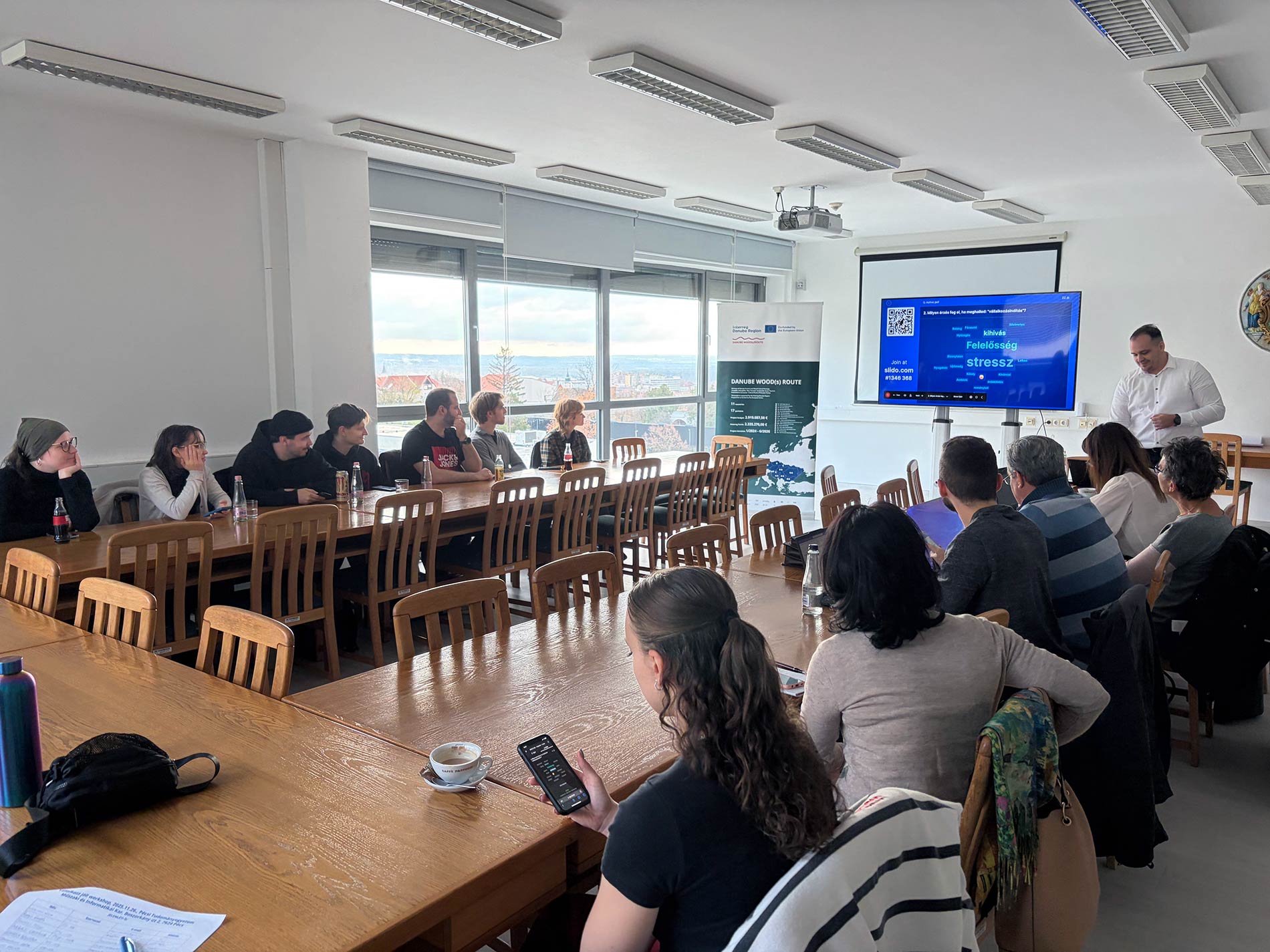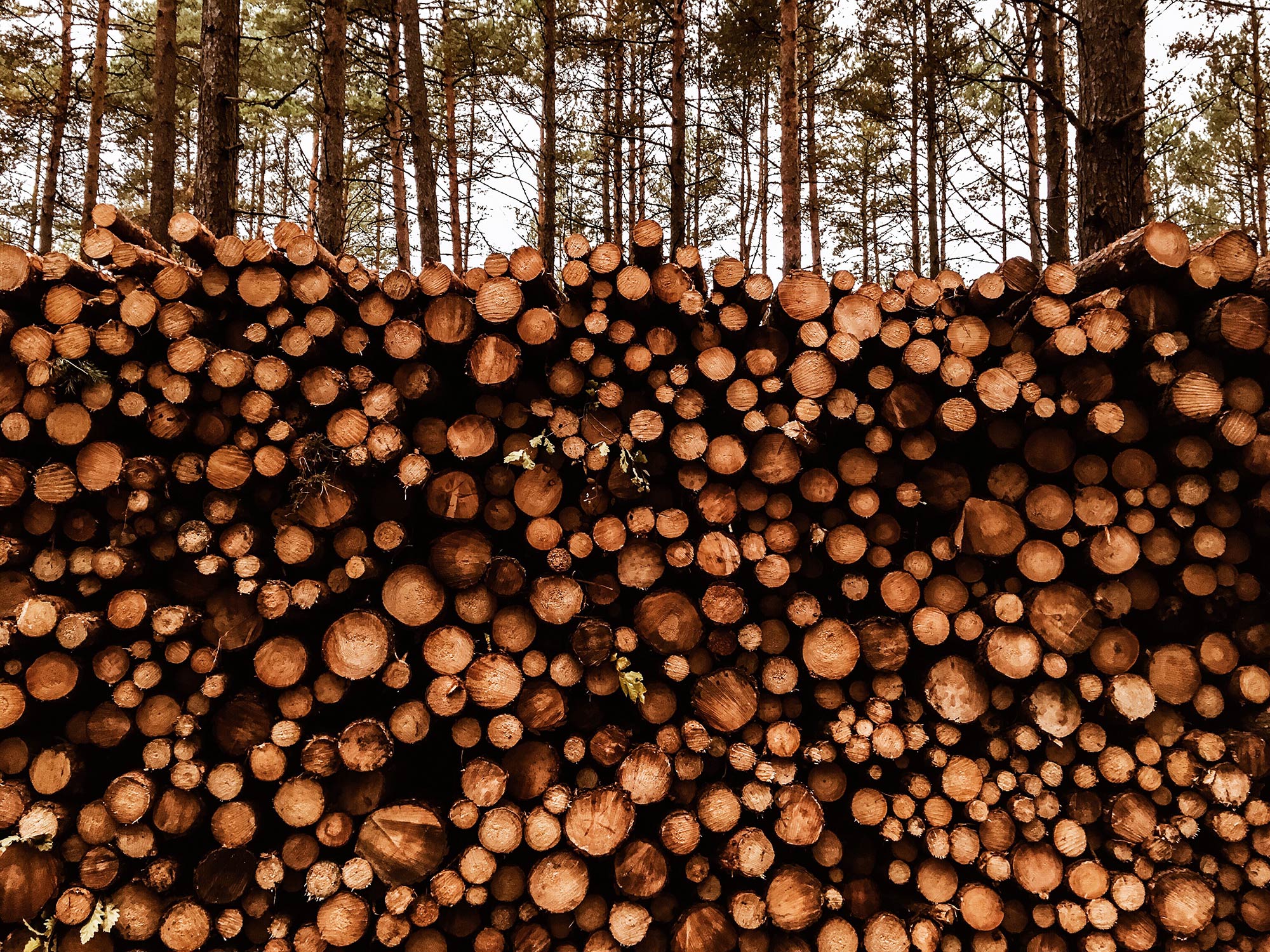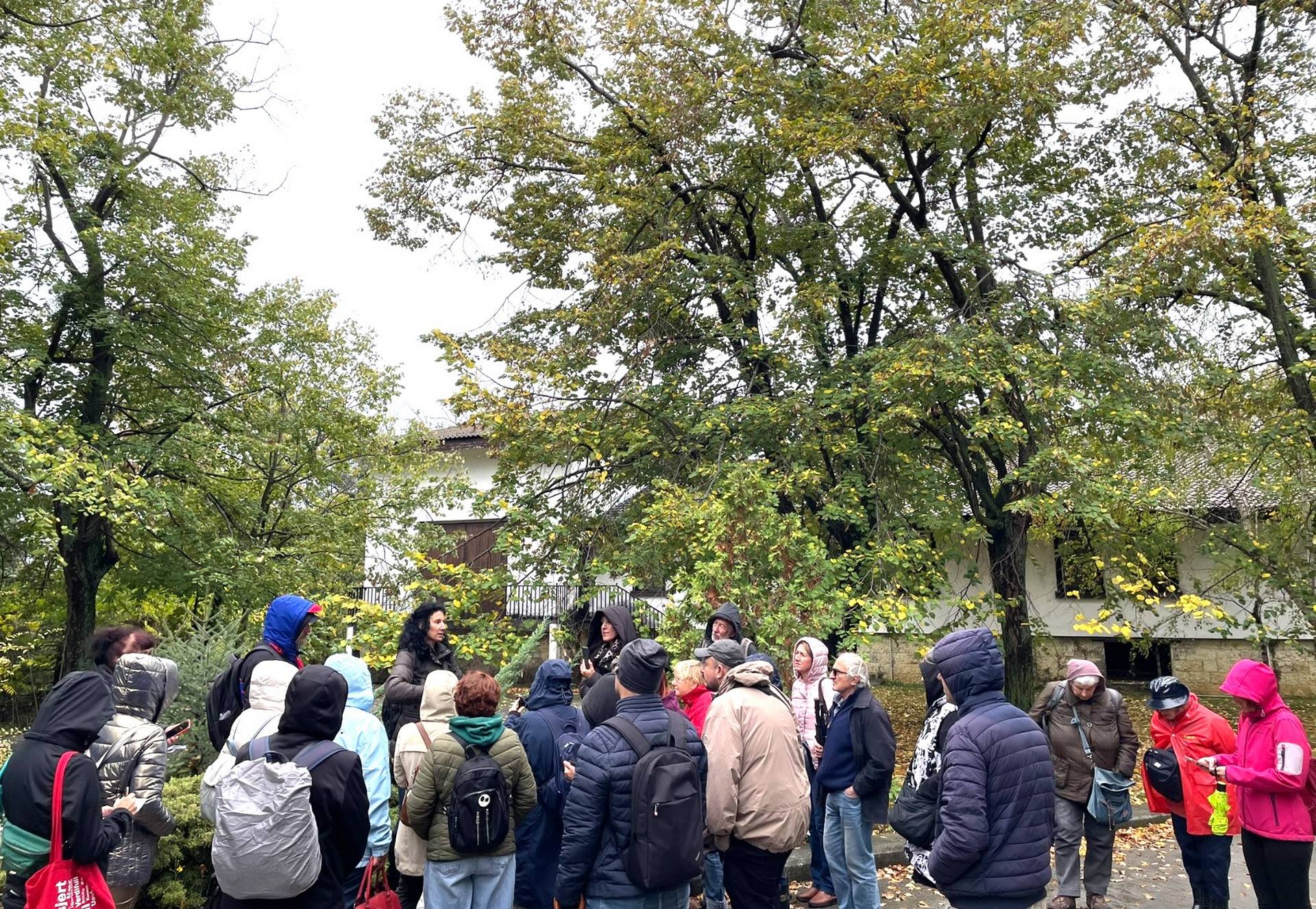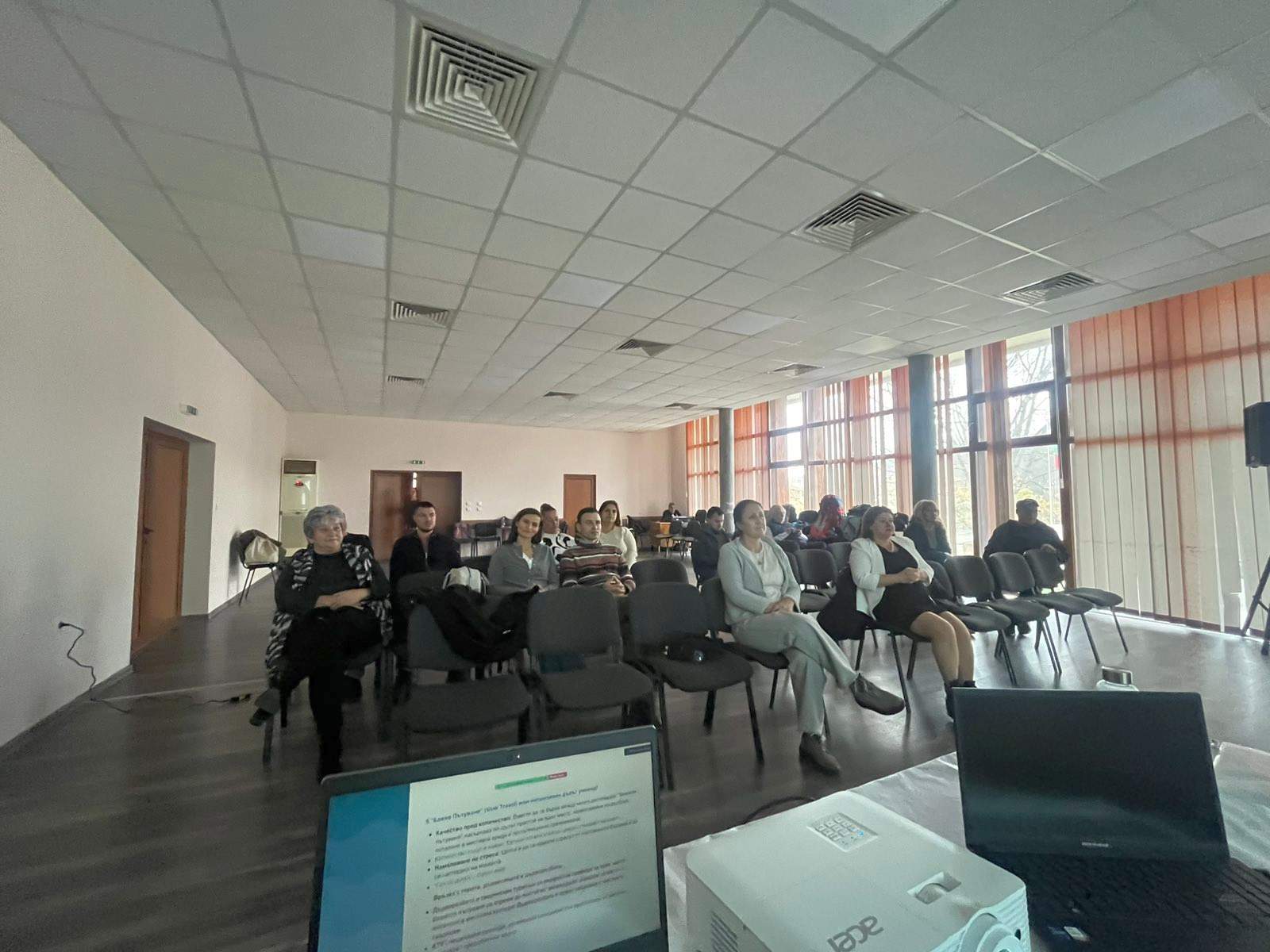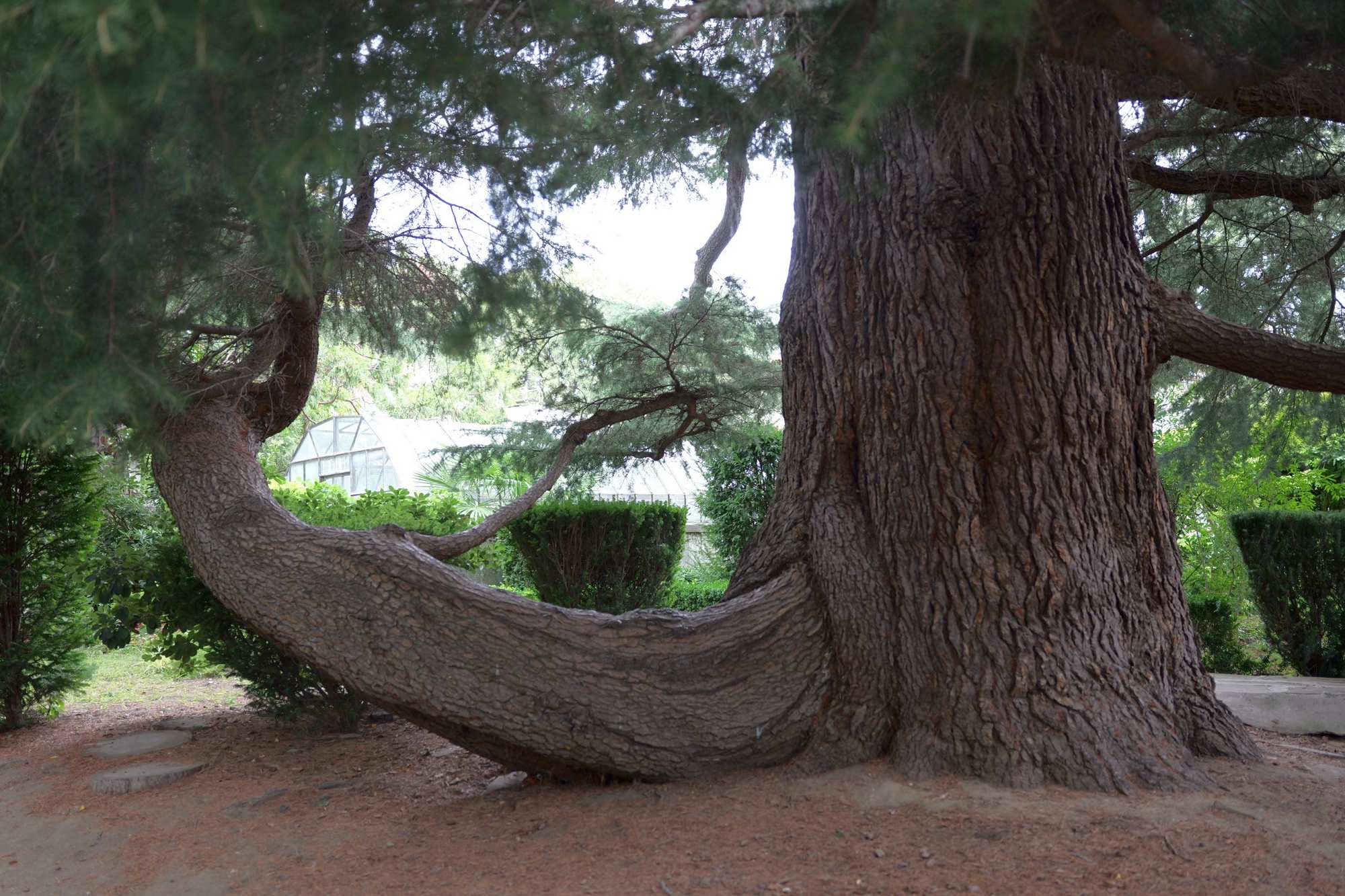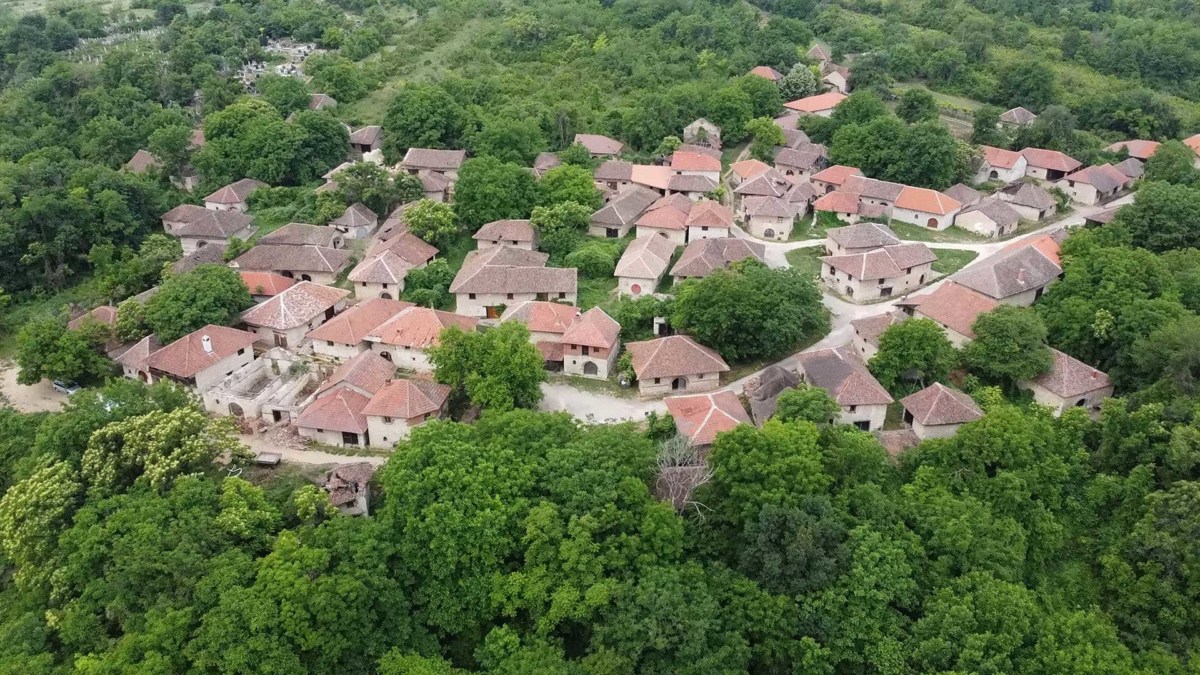Peer Review Process Shaping the Danube Woods Route
The peer review process plays an important role in the development of the Danube Woods Route, a new transnational cultural route dedicated to the region’s wood heritage. It brings together project partners, associated partners, stakeholders, and experts from across the Danube area to exchange ideas, share experiences, and jointly refine the proposed route. During these reviews, participants evaluate potential attractions and tourism packages in their regions, discuss how to enhance the quality and coherence of the overall offer, and work towards a shared understanding of what makes an innovative and appealing route centered on wood heritage.
Peer reviews are organized according to a common methodology that includes hands-on guidance, on-site evaluations, and a clear timeline ensuring participation from all involved countries. Each review provides valuable input on the cultural and tourism potential of the selected locations, helping to identify their strengths and opportunities for inclusion in the route. The findings from all peer reviews will be compiled and analyzed in a joint report, which will serve as the basis for defining the final itinerary of the Danube Woods Route — featuring at least twenty confirmed attractions that best represent the wood-related traditions, craftsmanship, and cultural landscapes of the Danube region.a
As part of the peer review activities within the Danube Wood(s) Route project, the Regional Development Agency for Bjelasica, Komovi and Prokletije from Montenegro hosted representatives from the Zlatibor Regional Development Agency (Serbia). The two-day visit, held on 10–11 July 2025, included a field tour of traditional mountain settlements known as katuns in the northern part of Montenegro, located within the Durmitor and Biogradska Gora National Parks. These traditional family households vividly showcase the close connection between people and nature, as well as the tangible and intangible heritage linked to wood and its use in everyday life.
Discussions between the partners focused on developing tourism offers that highlight woodworking traditions, wooden architecture, and cultural practices connected to wood. The katuns preserve customs such as gusle music, handmade gusle production, and other valuable expressions of intangible heritage that can be further valorized through tourism. To build on this potential, partners emphasized the importance of developing interpretive tools like signage, printed guides, and storytelling formats, while also providing training for local hosts. Strengthening hospitality, guiding, and heritage presentation skills will ensure authentic and engaging experiences for both domestic and international visitors.
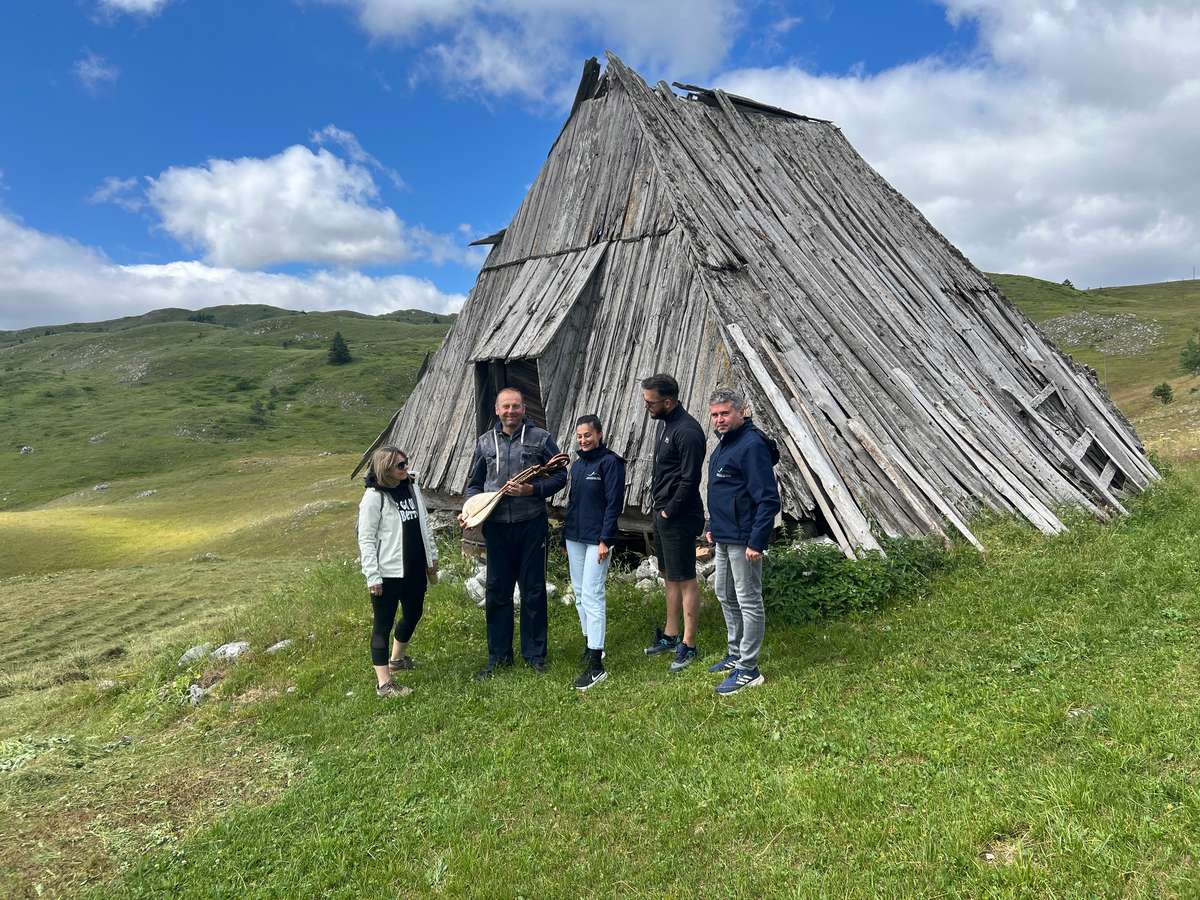
As part of the peer review exchange within the Danube Wood(s) Route project, the Regional Development Agency of the Pilsen Region (Czech Republic) joined forces with their Slovak colleagues from the Regional Development Agency of the Prešov Region to jointly evaluate potential attractions for inclusion in the emerging route. Between 14 and 15 August 2025, representatives from Pilsen visited the eastern Slovak mountains and Poloniny National Park — an area known for its pristine nature and exceptional wooden heritage. The field visit included the ancient Havešová beech forest, a UNESCO World Heritage site, several traditional wooden churches with beautifully preserved interiors, and meetings with local craftsmen offering authentic hands-on experiences.
The peer review provided an excellent opportunity for both teams to exchange experiences and gain new ideas for developing wood-related tourism. The Czech partners were particularly inspired by the local experiential network “Discover Poloniny,” which effectively connects cultural and natural attractions into a coherent visitor offer — a concept they hope to replicate in their own region. In return, they shared insights from more than 25 years of experience in supporting regional development and cooperation among local stakeholders. The meeting concluded with an invitation for the Slovak partners to visit the Pilsen Region to explore its own wood-related heritage — from puppet-making and traditional coopering in Plzeň to the unspoiled nature of the Bohemian Forest.
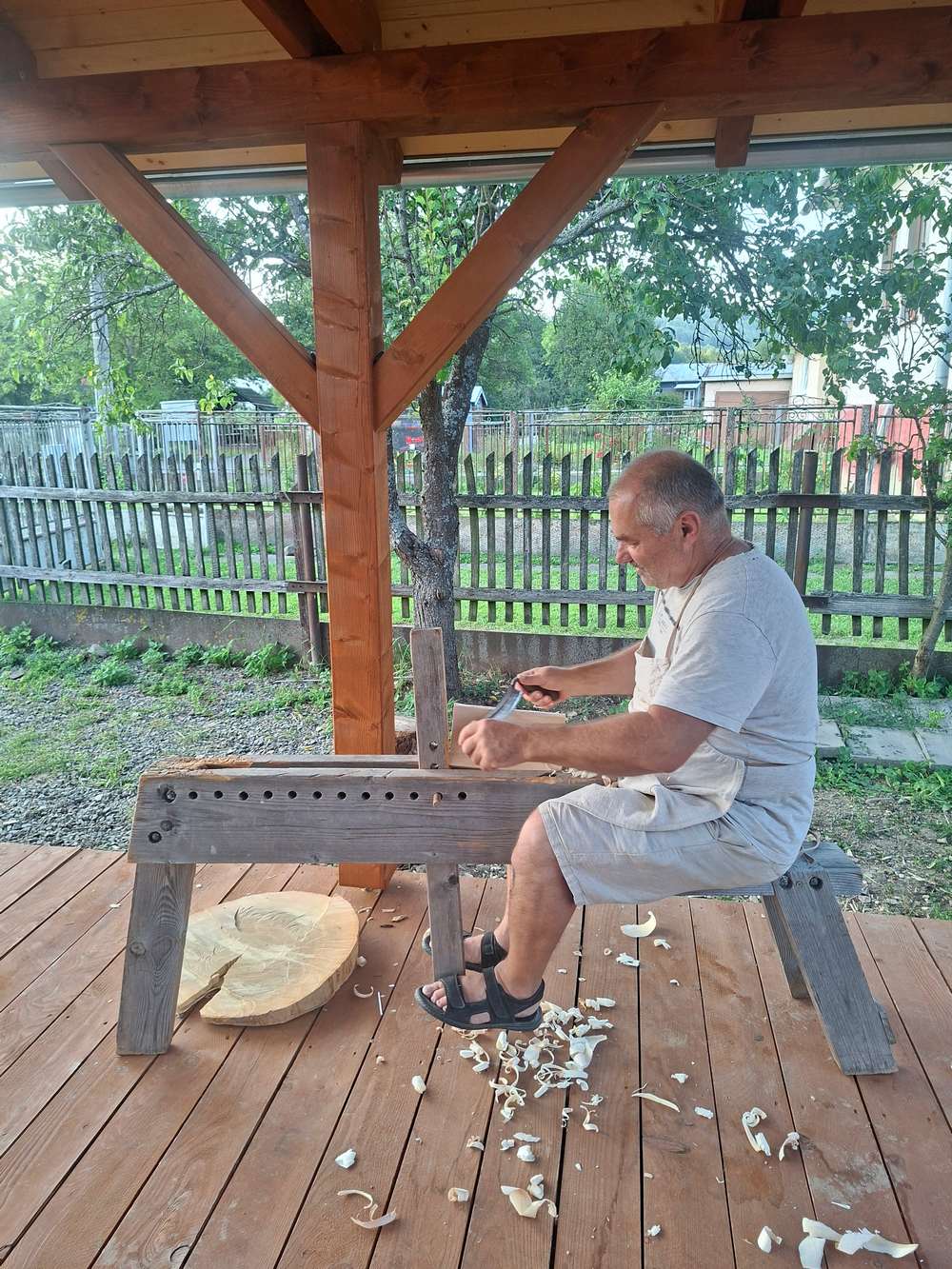
On 2–3 October 2025, the Sarajevo Regional Development Agency (SERDA) hosted a peer review meeting in Sarajevo within the Danube Wood(s) Route project. On this occasion, SERDA welcomed its project partner FABUNIO – the Hungarian Wood and Furniture Association from Budapest. The meeting aimed to facilitate mutual evaluation of potential attractions, exchange insights, and strengthen the shared vision for an innovative and high-quality transnational cultural route focused on wood heritage. Within the Sarajevo Canton, several key locations were identified for their potential inclusion in the route, including the protected natural areas of Skakavac, Bijambare, Trebević, Vrelo Bosne, and Bentbaša; the Bjelašnica and Igman mountain areas; the Botanical Garden of the National Museum; and the Home of Zanat, whose renowned woodcarving tradition is inscribed on UNESCO’s Intangible Cultural Heritage list.
Following an introductory meeting at SERDA’s premises, the delegation visited the National Museum of Bosnia and Herzegovina, where expert curators introduced them to the museum’s collections, with particular attention to the Botanical Garden and the Department of Ethnology. The partners then explored Wilson’s Promenade, a popular riverside area with strong historical and cultural significance. In the city center, they met with the team of the Home of Zanat, a globally recognized brand that merges traditional Konjic woodcarving with modern design. The visit concluded with a tour of the Bentbaša Protected Landscape, organized in cooperation with the Cantonal Public Institution for Protected Natural Areas. There, the participants learned about the site’s natural and historical values and visited the iconic 16th-century Kozija Ćuprija (Goat’s Bridge), a fully preserved Ottoman-era monument.
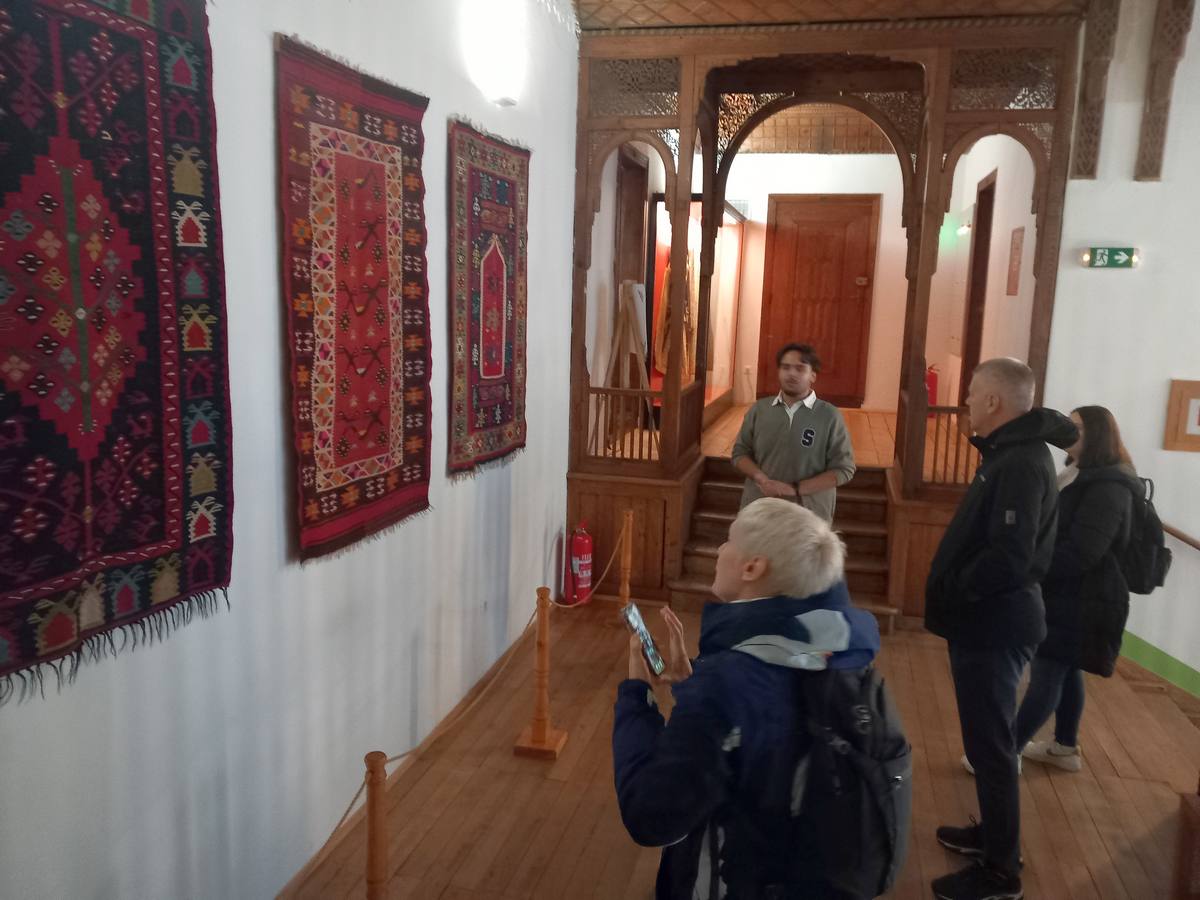
On 9–10 October, the DCC team conducted a peer review in Bohinj and Bled, two Slovenian destinations rich in wooden heritage that reflect the values of the Danube Wood(s) Route.
The first day focused on Bohinj, with a guided tour of key sights, including the Studor hayracks, a ride on a traditional wooden boat, visits to wooden houses and centuries-old villages, and a local dairy and cheese museum. The day ended with a short meeting to discuss the region’s challenges and the potential of the Danube Wood(s) Route.
On the second day, the team visited Bled and met with Slovenian partners to finalize the peer review, discussing ways the route can support local heritage and sustainable tourism.
The visit highlighted how Bohinj and Bled combine traditional craftsmanship, natural beauty, and cultural heritage, making them excellent examples for the Danube Wood(s) Route and destinations from which the project can gain valuable insights into preserving natural and cultural heritage.
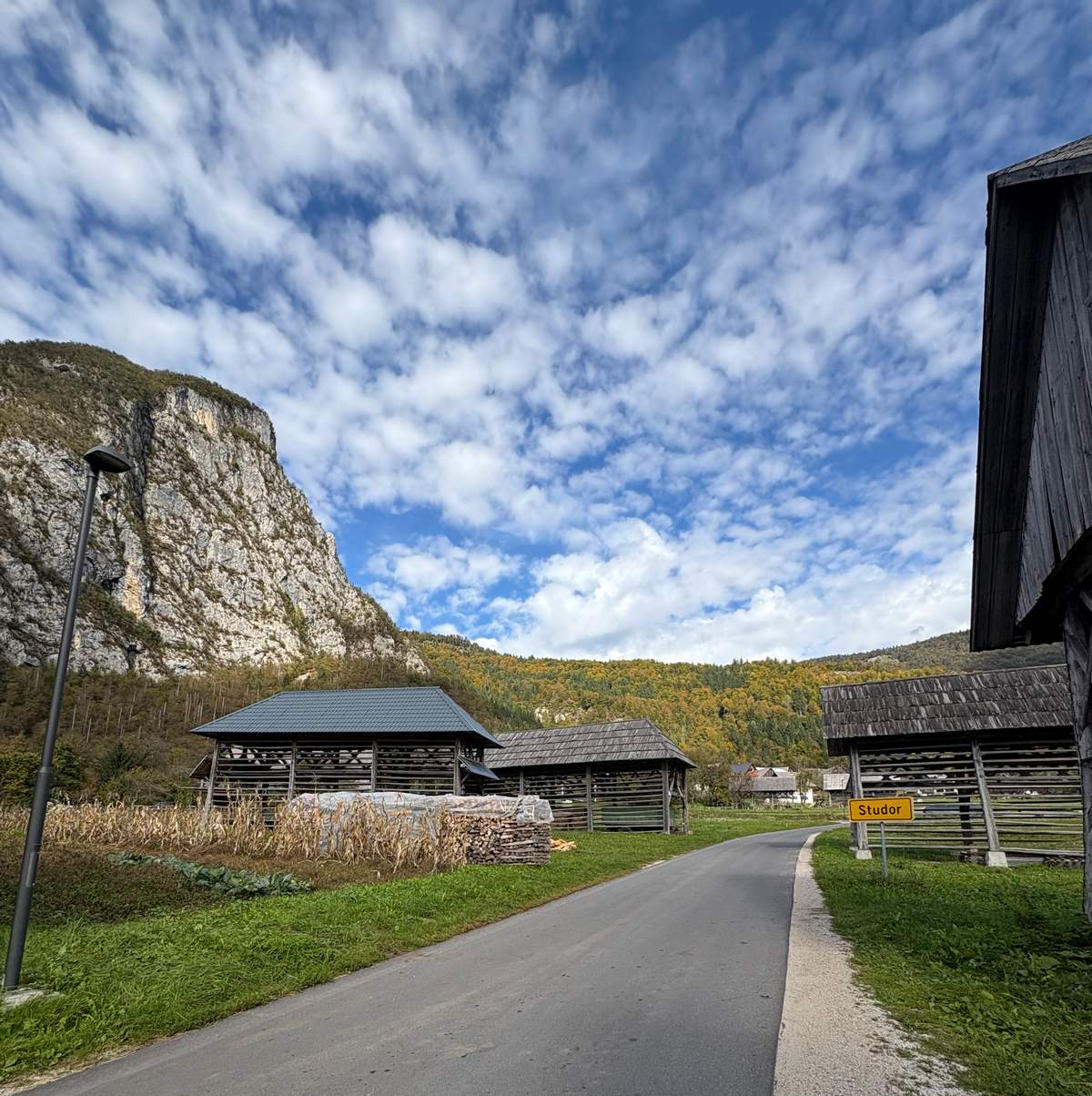
The peer review visit in Varna, Bulgaria, was hosted by the Varna Economic Development Agency (VEDA) on 2–3 October 2025. Representatives from partner organisations in Romania and Bulgaria participated, alongside local stakeholders involved in heritage, tourism, and environmental management. The visit aimed to evaluate the potential of local sites for inclusion in the Danube Wood(s) Route, exchange experiences among experts, and identify opportunities to enhance the region’s cultural and natural tourism offer.
During the two-day visit, participants explored three key destinations: the Euxinograd Palace and its landscaped gardens, the medieval Aladzha Monastery carved into limestone cliffs, and the Stone Forest (Pobiti Kamani), a unique geological formation. These sites were assessed for their cultural, historical, spiritual, and natural significance, as well as their accessibility and tourism infrastructure. The peer review highlighted the strong potential of the Varna region to contribute to the transnational route, demonstrating how diverse heritage, from royal gardens to sacred forests and natural monuments, can be integrated into a coherent narrative of the Danube Wood(s) Route.
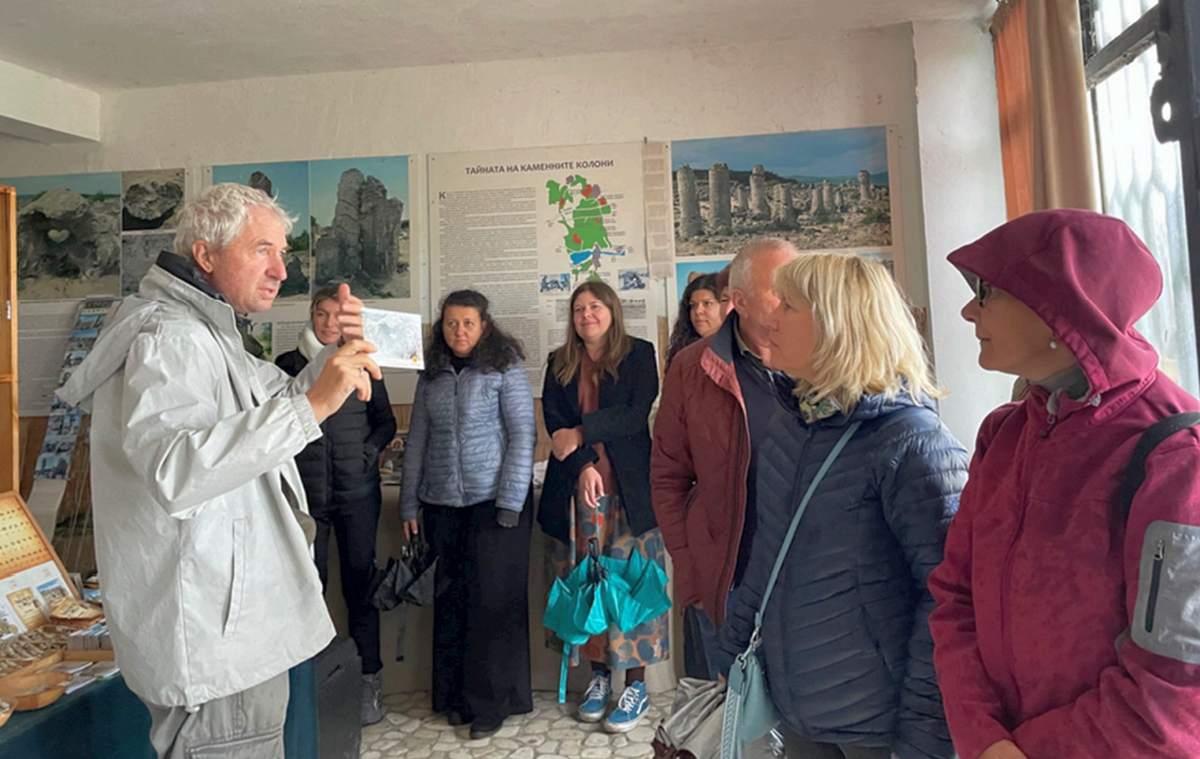
In the scope of DANUBE WOOD(s) ROUTE peer-review activities, Zlatibor Regional Development Agency hosted Regional Development Agency Bjelasica, Komovi and Prokletije from Montenegro. The aim of the visit held on 23th-24th October, was to verify the fulfillment of the criteria that localities in Zlatibor region should meet in order to be included in the international cultural-tourist route dedicated to the wood heritage and forest landscapes of the Danube region, which is being established as part of the DANUBE WOOD(s) ROUTE project.
During the two-day event, key destinations at Zlatibor region, nominated to be involved in joint route were visited: Tara National Park with Mokra Gora Nature Park, including Mitrovac and Tara National Park Visitor Center, Tepih livada (Carpet meadow), Banjska stena viewpoint, Pančić's spruce habitat, as well as Čarobni breg (Magical hillock), Drvengrad (Wooden Town) – Mecavnik and Šarganska osmica (Šargan’s Eight narrow-gaugae railway) museum and tourist complex. Special attention was paid to the open-air Museum Staro selo Sirogojno (Old village Sirogojno), where participants visited the exhibits dedicated to traditional architecture and lifestyle in the mountain areas of the mountain Zlatibor. The visit also included meetings with locals and representatives of institutions who presented activities in the field of protection, promotion and sustainable use of natural and cultural heritage.
At the end of the field activities, representatives of partner organizations had evaluation dicussion and jointly defined guidelines and recommendations for further improvements of visited sites, required for development of the joint route and strengthening cooperation between partner regions.
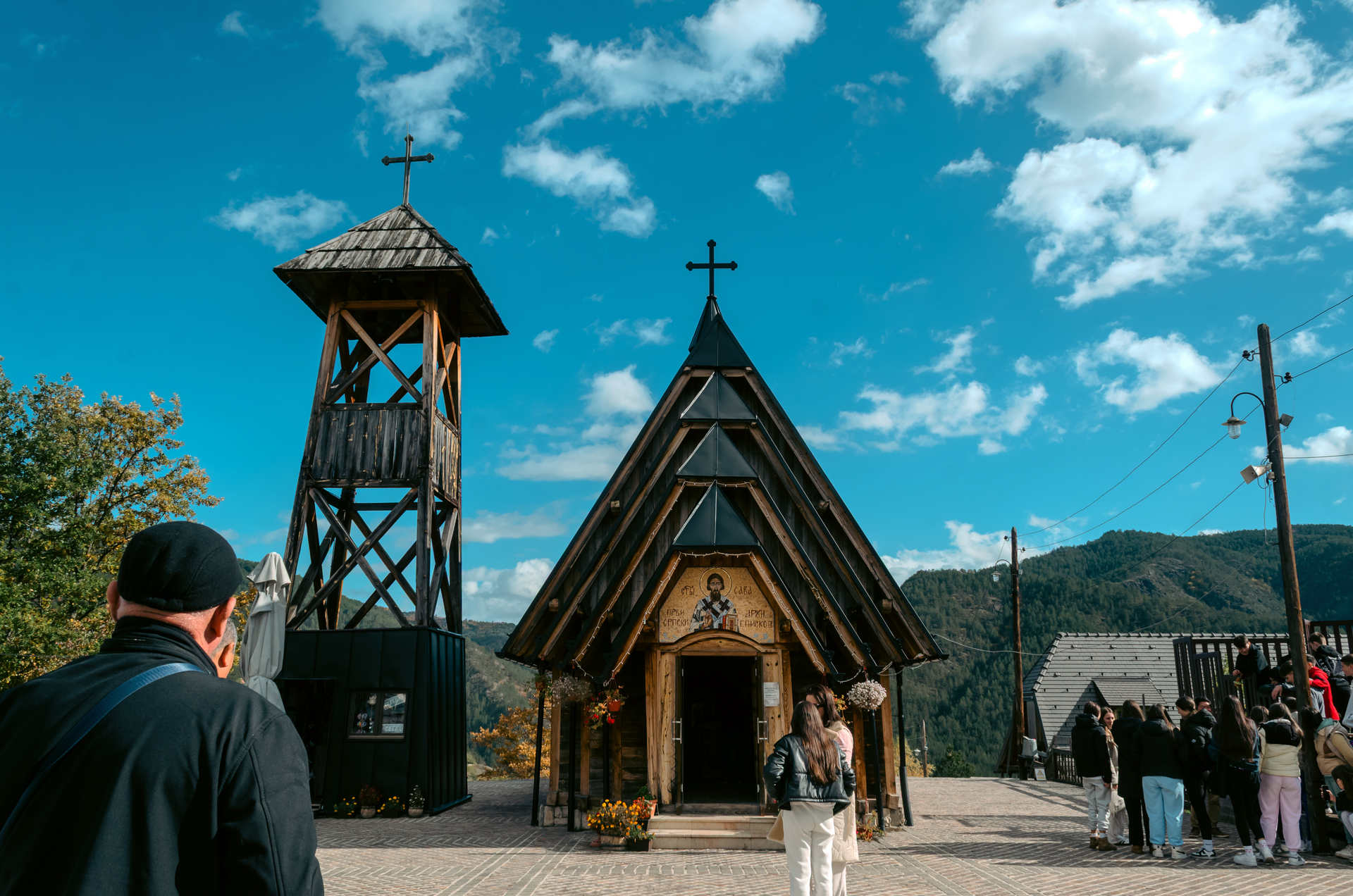
News & Events
Read the most recent updates and explore the upcoming events.

